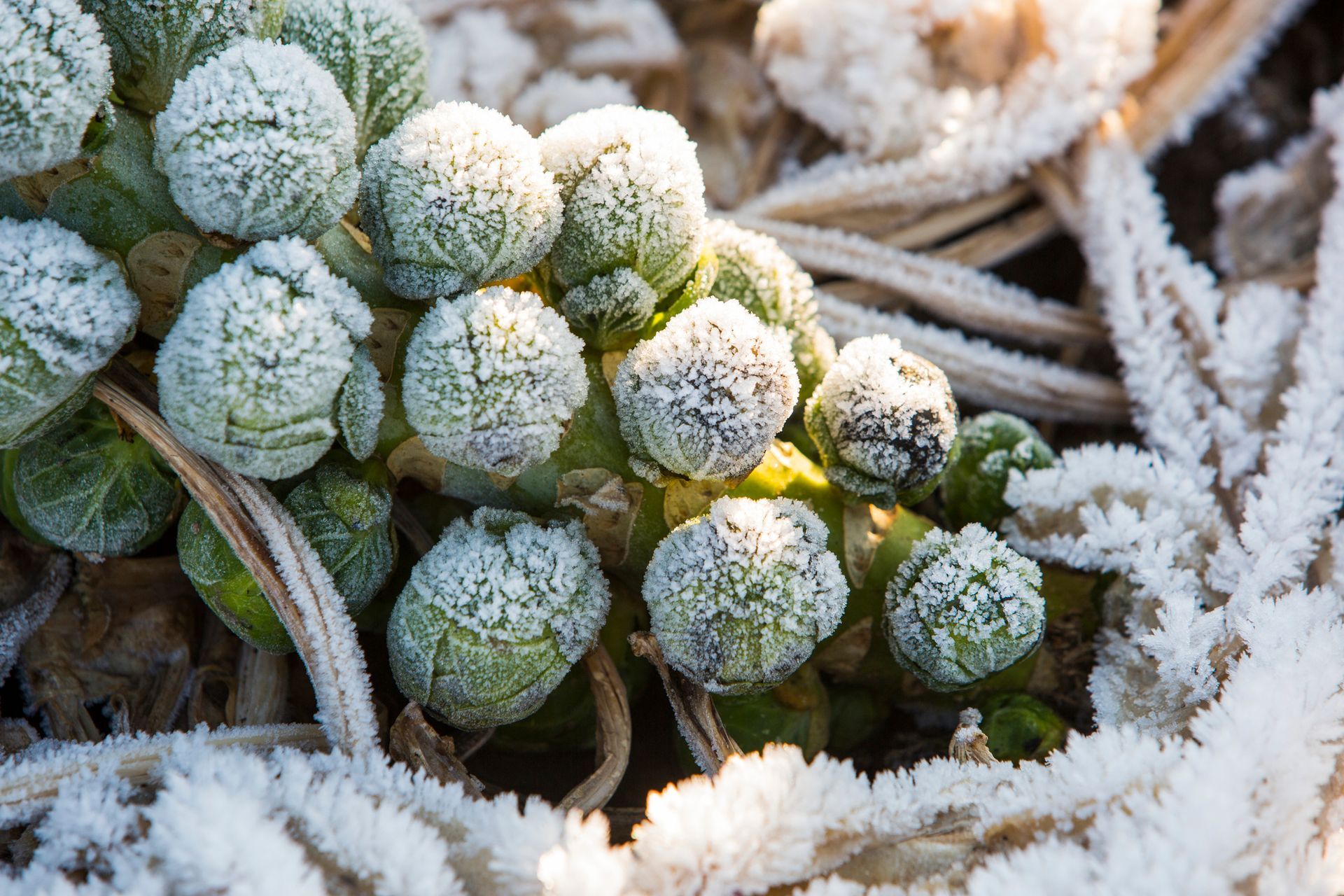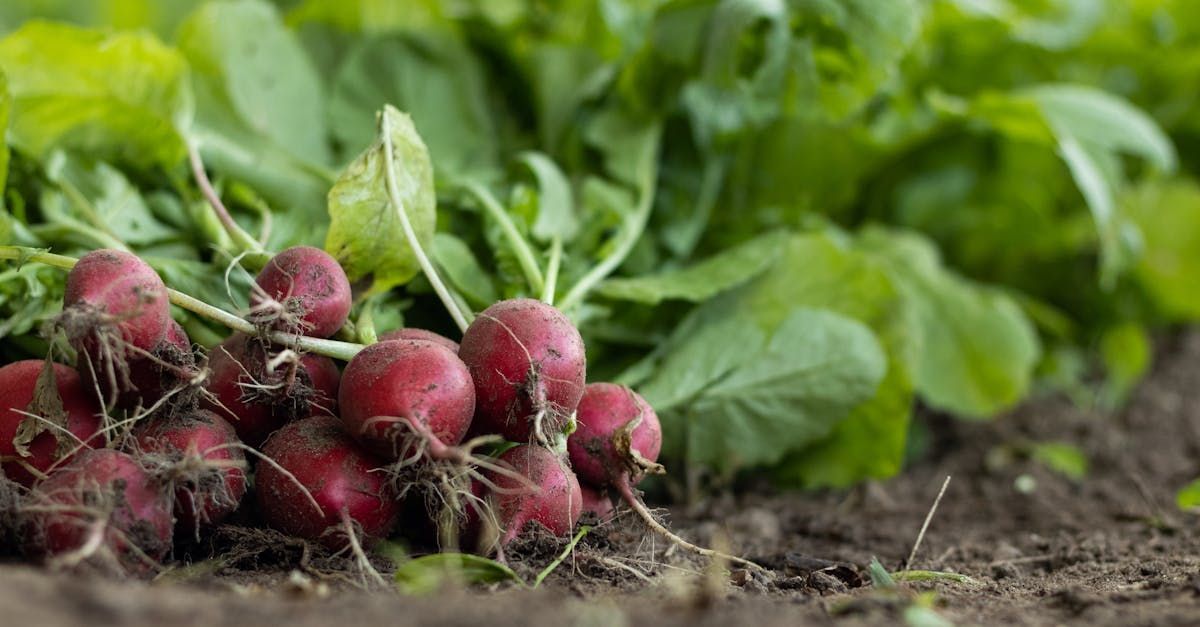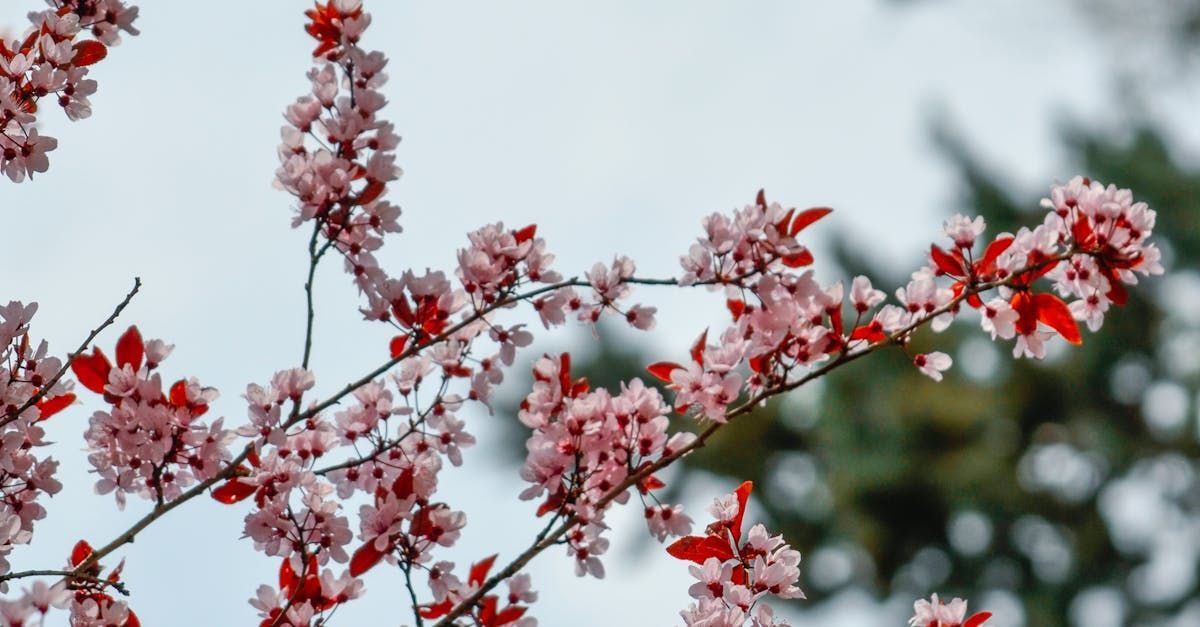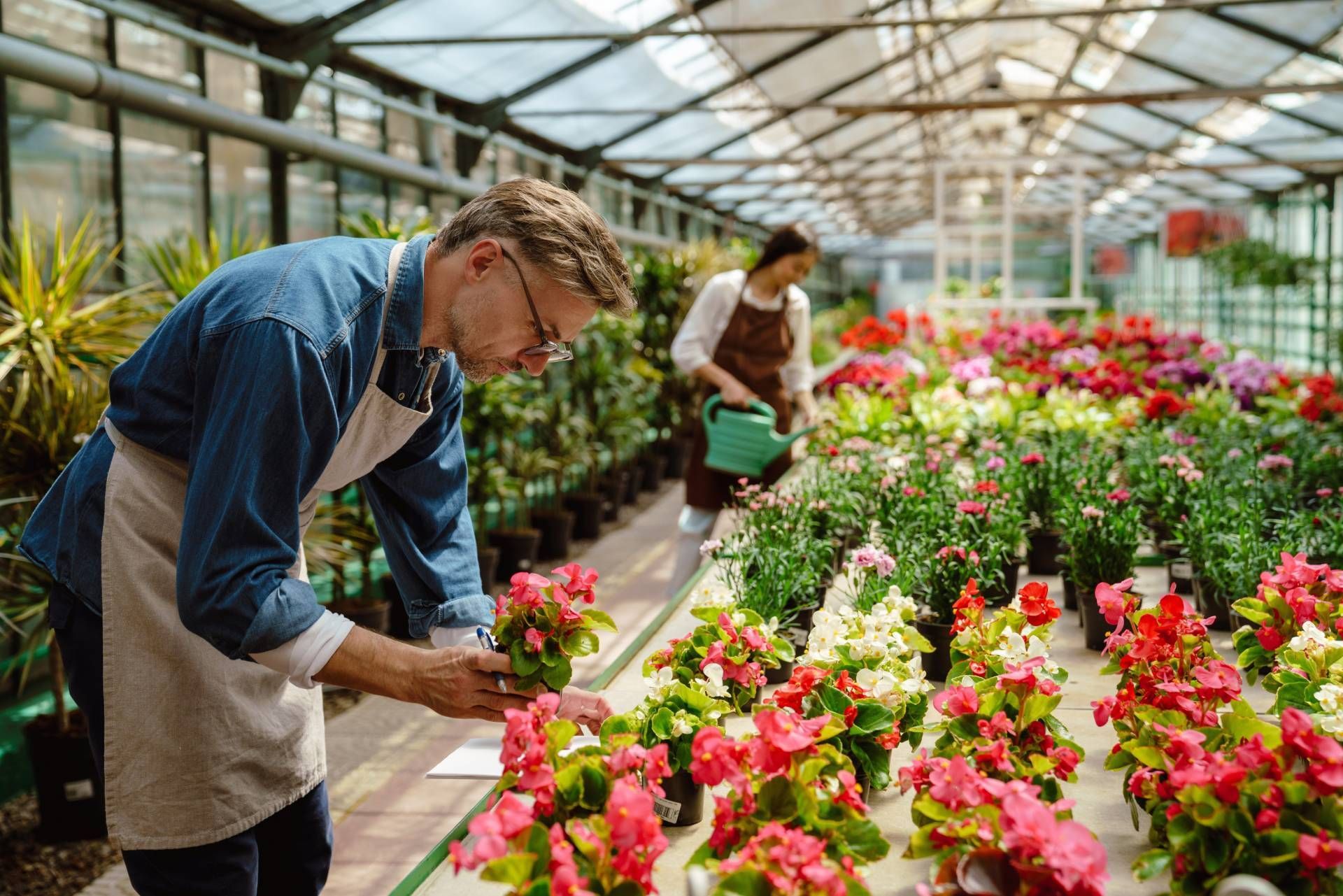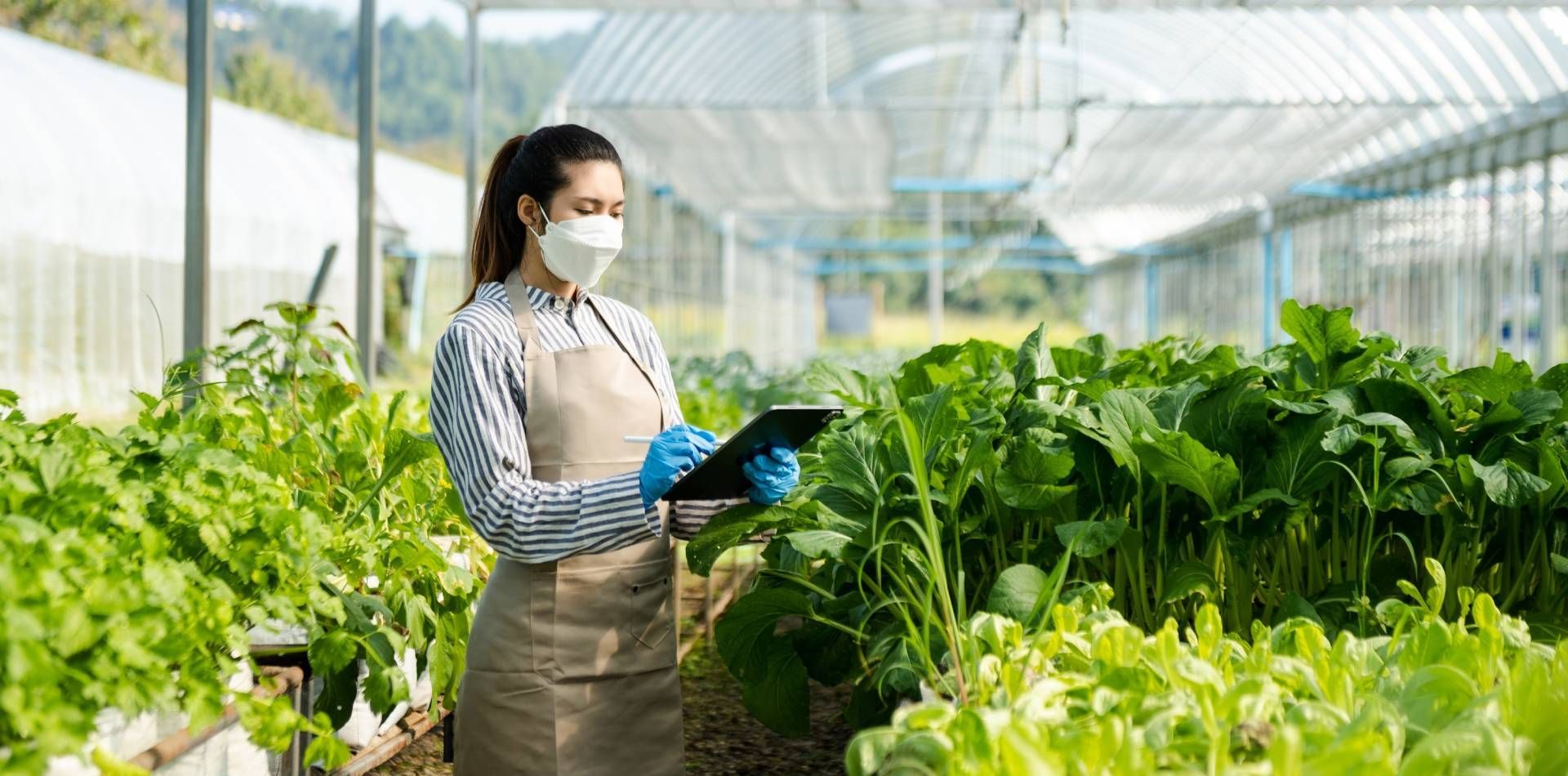The natural resistance of plants
Stefano Di Pietro • 15 febbraio 2021
Years of studies and research have shown that plants are anything but helpless in the face of threats from the environment and, over centuries of evolution, they have developed optimal strategies to defend themselves. The discovery of these innate defenses has led to a consequent innovation in crops at all levels: instead of administering drugs and chemicals, treatments have begun to fortify and optimize existing immune responses.
The main defense strategies discovered are 3:
- passive resistance;
- localized induced resistance;
- acquired systemic resistance.
The passive resistance of plants
Passive resistance is the simplest defense that evolution has developed in plants: these are constantly active solutions and therefore available in every situation. An example is the wax that covers the leaves of some plants or the presence of resin, which give a form of protection or intervene automatically in case of wounds, parasites and pathogens.
Localized induced resistance
When passive resistance fails to defend plants from external threats, the presence of phytopathogens and microorganisms automatically activates the immune system. These can take on different forms depending on the type of plant and the ongoing threat.
A typical reaction is to slow down the pathogenetic process with the production of specific proteins with an antimicrobial effect. The production of lignin, on the other hand, aims to fortify passive defenses and therefore to prevent the spread of the threat.
When the plant's immune system is not fast enough to activate a response in good time, there are other strategies such as cell self-destruction: to reduce the chances of propagation of a pathogen, the cells close to the infection self-destruct by implementing a real and own “scorched earth” strategy.
Systemic acquired resistance
Acquired systemic resistance (ASR), a mechanism demonstrated in the early 1990s, allows plants to develop specific reaction strategies to the presence of pathogens, parasites and microorganisms. In fact, the release of substances makes it possible to put the whole plant in a state of alarm and prepare a complete immune response in a more timely manner, even before a greater spread of the threat.
Although each plant has its own reaction times to stimuli, the acquired systemic resistance can nevertheless be trained: through the careful administration of biostimulants it is in fact possible to strengthen the immune system of plants and trees, in a way very similar to that of vaccines. It is also a safe and risk-free practice, especially when entrusted to expert supervision.
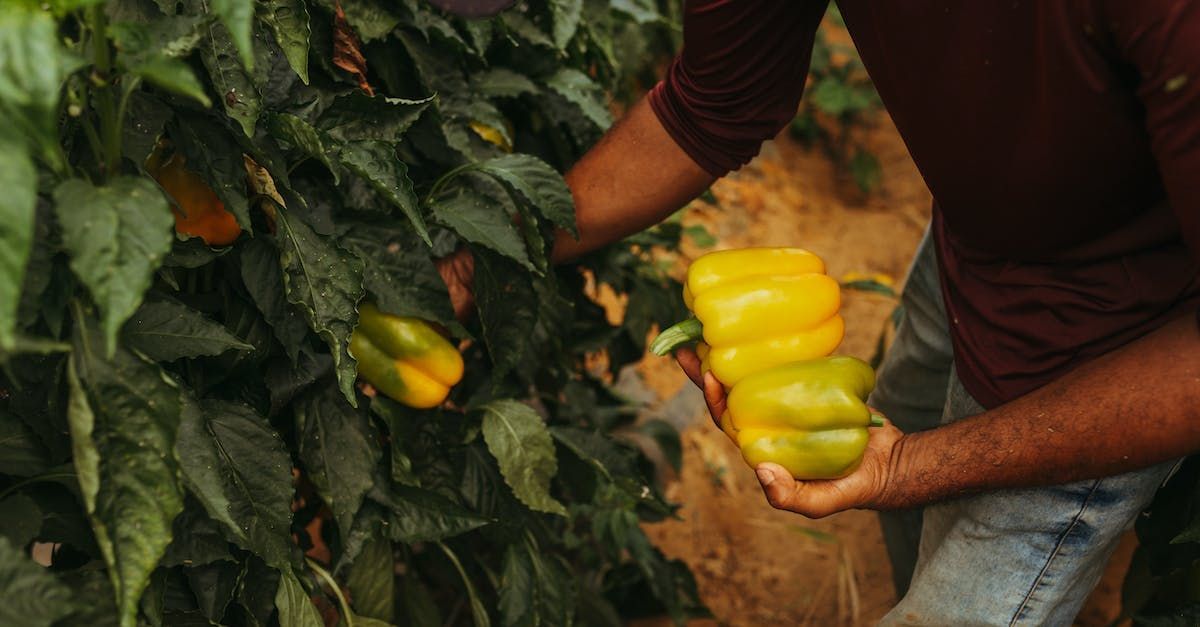
La shelf-life, ovvero il periodo di conservazione dopo la raccolta , è un fattore fondamentale per la qualità e il valore commerciale di frutta, verdura e fiori. Fortunatamente, esistono diverse strategie che, applicate già durante la coltivazione, possono aumentare significativamente la shelf-life dei vostri prodotti, riducendo le perdite e garantendo un raccolto fresco e appetibile per un periodo più lungo.

L'adozione di pratiche di concimazione mirata e l'utilizzo di prodotti di precisione non solo portano benefici ambientali, ma anche vantaggi economici per chi lavora la terra La riduzione degli input di fertilizzanti non solo preserva la salute del suolo e dell'ecosistema circostante, ma aiuta anche a contenere i costi di produzione.

Integrare i prodotti biologici e di origine vegetale nella vita quotidiana è più accessibile che mai. I mercati a chilometro zero, i negozi specializzati e persino i supermercati tradizionali offrono una vasta gamma di opzioni che consentono a chiunque di abbracciare uno stile di vita più sano e sostenibile.








